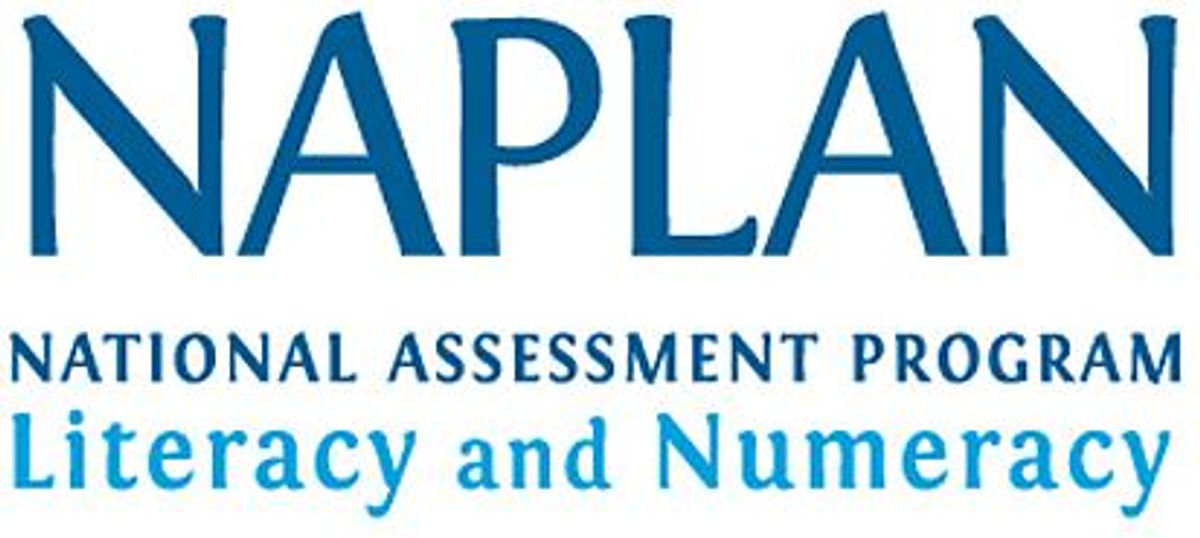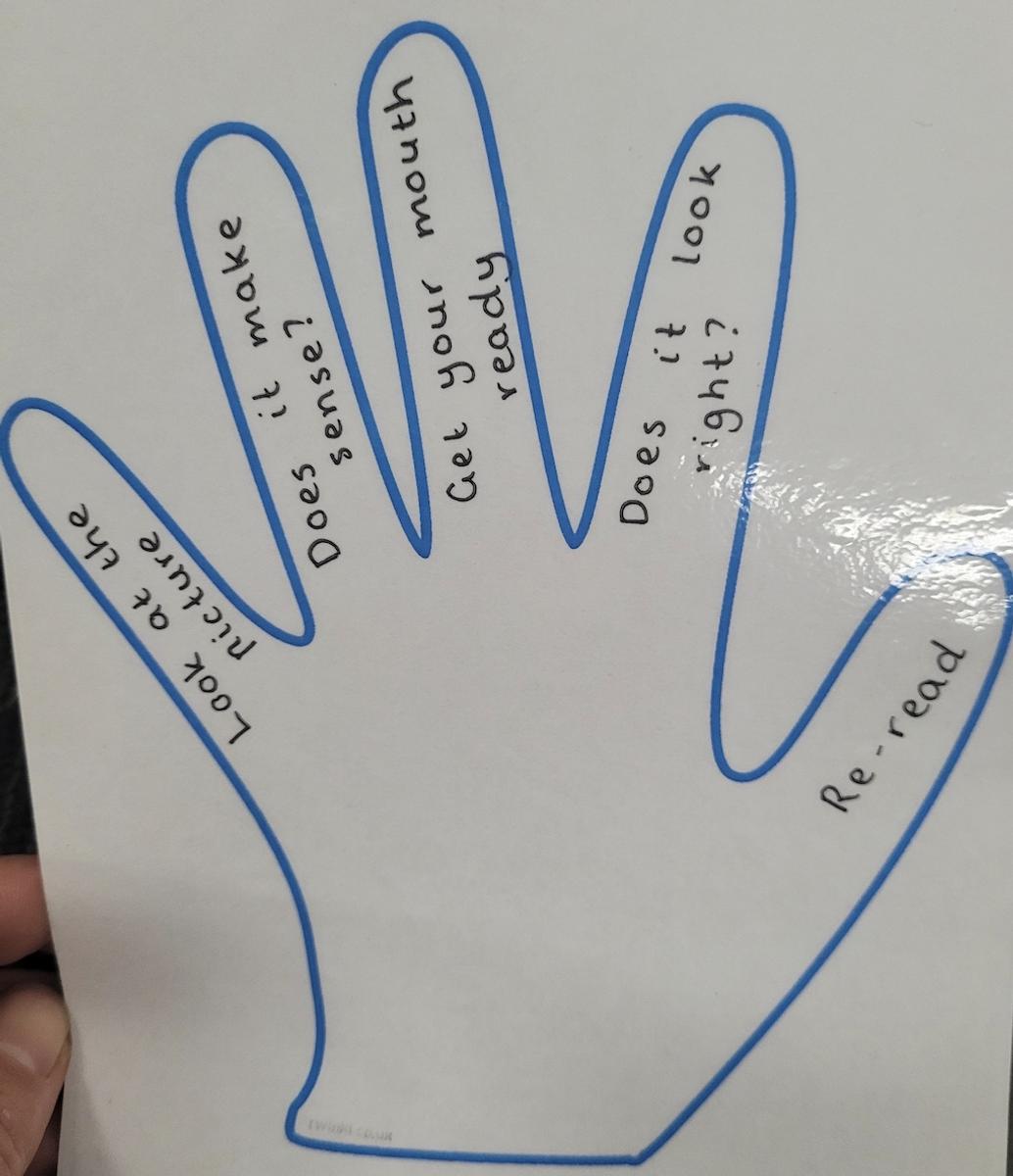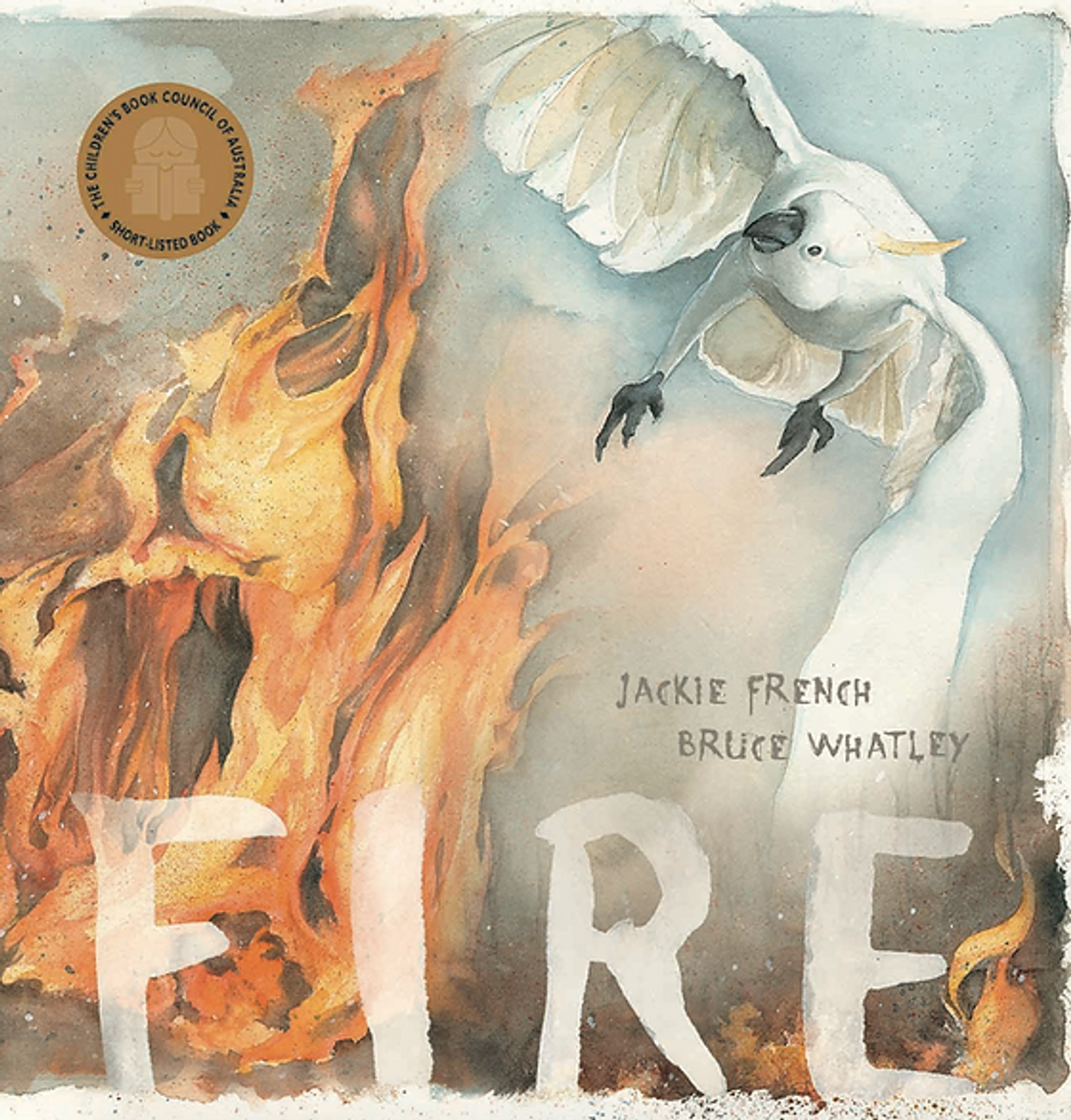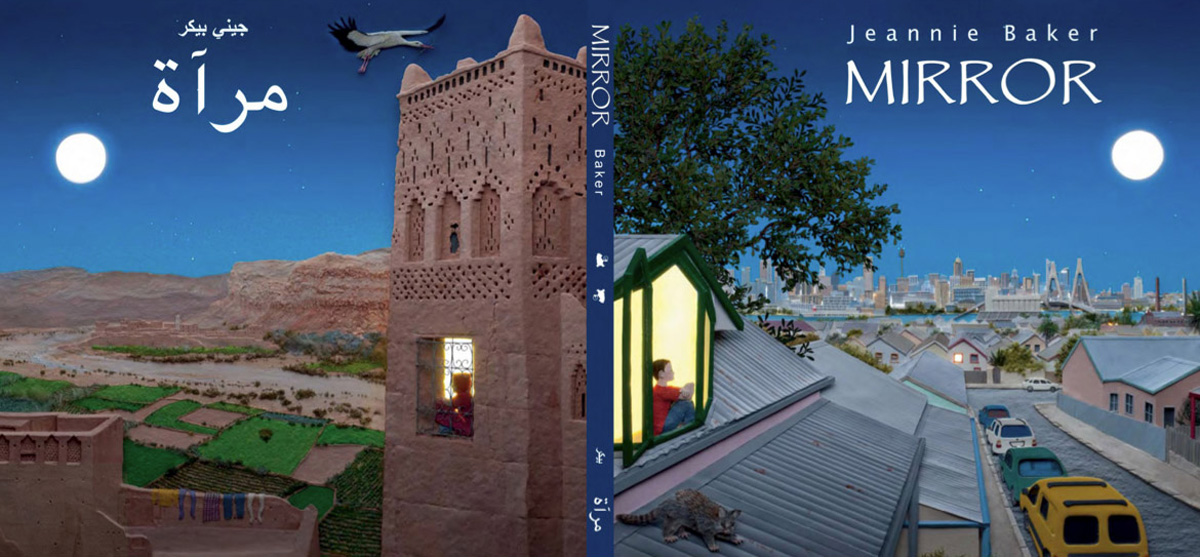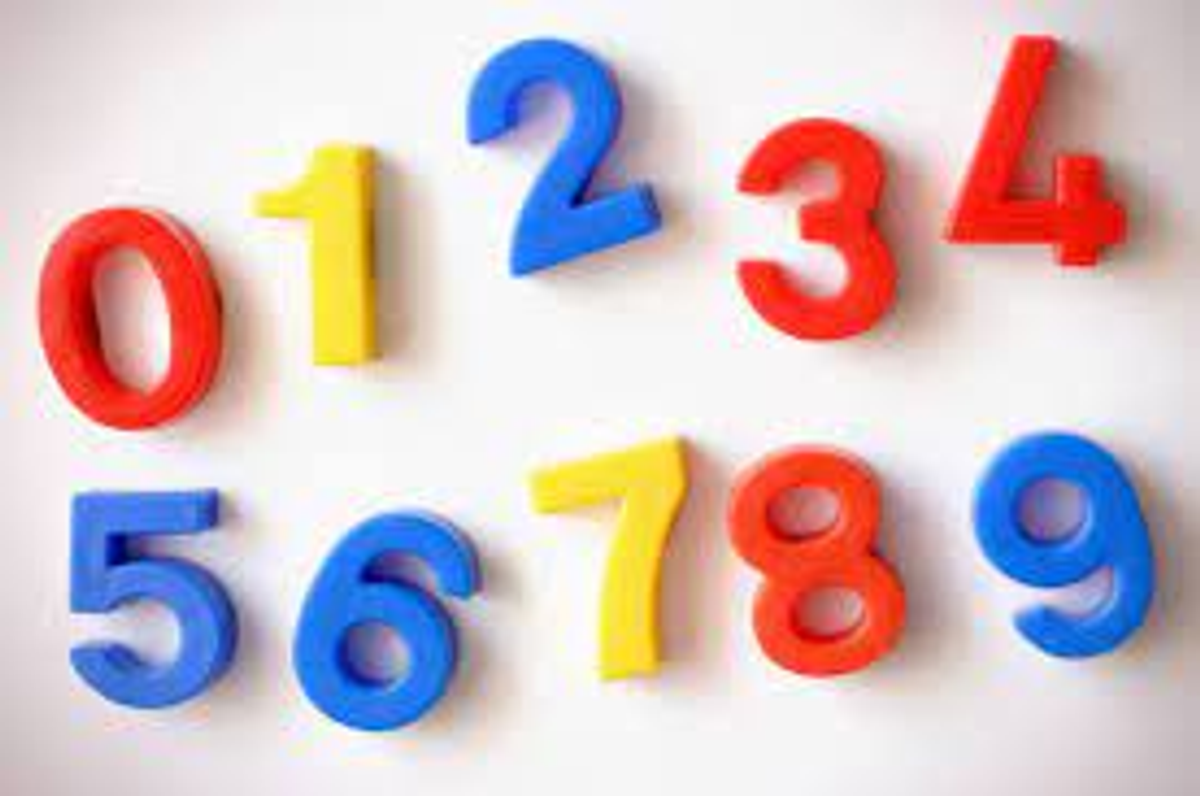Learning & Teaching
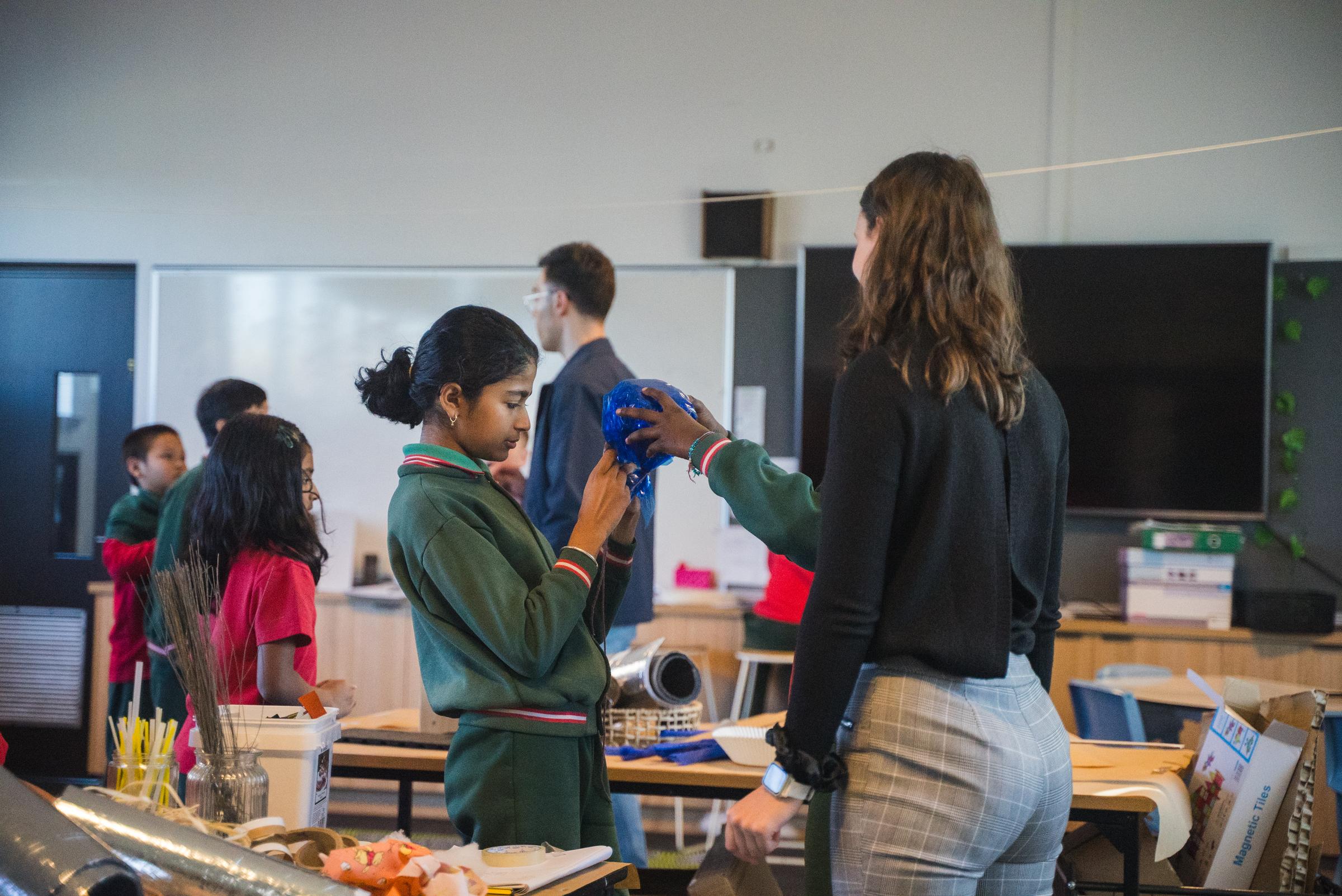
Our children in Years Three and Five will begin their NAPLAN testing on Wednesday, the Wednesday, the 13th of March.
The National Assessment Program – Literacy and Numeracy (NAPLAN) is an annual national assessment for all students in Years 3, 5, 7 and 9. The 2024 NAPLAN assessment period will begin on Wednesday, the 13th of March and will conclude on Wednesday, the 20th of March. Over the course of the assessment period, our children in Years Three and Five will participate in four assessments, Reading, Writing, Language Conventions and Numeracy.
The NAPLAN test is one form of assessment that is available to schools. We acknowledge that NAPLAN is limited to the assessment of Reading, Writing, Language Conventions and Numeracy only, and therefore does not assess the wide range of skills and knowledge that our children demonstrate through learning experiences at school.
We look forward to supporting our children through this process.
Literacy
Our children have begun the school year with a range of big books and engaging picture books that focus on particular reading skills. These skills vary in complexity as each year goes on.
Our Prep to 2 children have a strong focus on Effective reading strategies that model learning to read. Here is an example that educators refer to during target teaching.
Our 3-6 children have been exploring beautiful language features in rich mentor texts such as ‘Mirror’ by Jeanie Baker and Fire by Jackie French. In these texts, children and educators have explored how the author creates mood and atmosphere to engage the readers.
Maths
What’s happening in Prep - Number Words and Sequence
In Maths, the Prep children have been learning about Numbers. They have explored how to read, write and make numbers to 10 (and eventually to 20 and more). The children are practising the sequence of number names from 0 to 10 and beyond. They do this through songs and lots of hands-on activities. The children have also counted and compared collections of objects using concrete materials as well as, practised the quick recall of numbers up to 5 on familiar items such as a die.
To support your children at home look for numbers and notice people using number words and counting when you are:
• Preparing a meal.
• Going shopping.
• Reading a story.
• Driving in the car.
• Walking down the street,
• Catching public transport.
• Visiting family and friends.
• Playing in the park.
When children notice and use numbers, encourage them to compare the numbers and the quantities they represent.
• Compare how many footsteps to reach the front door.
• Who breaks their banana into the most pieces?
• Compare how many spoons and forks are in the drawer.
• Which book has the most pages?

